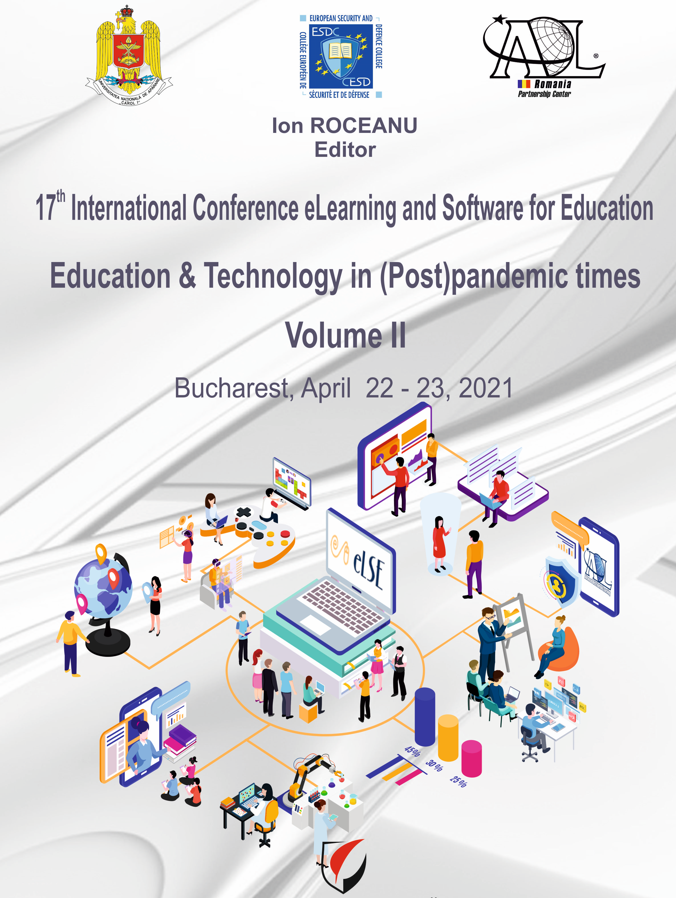A NEW CAREER PATH PROFILING SYSTEM USING DATA FUSION AND ESCO SERVICES APO
A NEW CAREER PATH PROFILING SYSTEM USING DATA FUSION AND ESCO SERVICES APO
Author(s): Maria-Iuliana Dascălu, Ioana-Antonia Nanău, Iulia-Cristina Stănică, Elisabeth Lazarou, Constanţa-Nicoleta BodeaSubject(s): ICT Information and Communications Technologies, Socio-Economic Research
Published by: Carol I National Defence University Publishing House
Keywords: Data fusion; ESCO ontology; ESCO REST API; user profiling; career path system;
Summary/Abstract: The paper proposes a new system for career recommendations based on advanced analytics of users’ profile, extracted automatically from various data sources, the inference mechanism built in the European qualifications ontology ESCO and a complex technology stack. Besides students and high school pupils, the system will have several other stakeholders as well: career counselling centres from high-schools and universities, who will automate their services, higher education institution which will increase their graduation rate, government, which will not spend money on undecided students, companies which will have skilled and passionate employees. The system will exploit the latest technologies, e.g. semantic web, ontologies, social network connectors, and modern data analytics application programming interfaces. The system is especially good for engineering education, where the drop-out rate is higher than in other domains, because students choose this domain for its financial benefits and not because of their aptitudes. The intricacy of choosing a career path causes confusion, anxiety, lack of fulfilment within a study path or workplace, possibly leading to a lack of academic or job performance, motivation, and even studies abandonment. With the current Digital Era, the workforce demand is more dynamic than ever, and career possibilities exploded from formal employment options to freelancing and self-employment. Thus, students and young professionals construct their careers through a dynamic and multiplex process that allows for development and shifts, valuing both flexibility and a challenging environment, as well as stability and predictability. An automated guiding system as we proposed could support them continuously and provide them the help they need.
Journal: Conference proceedings of »eLearning and Software for Education« (eLSE)
- Issue Year: 17/2021
- Issue No: 02
- Page Range: 312-319
- Page Count: 8
- Language: English

